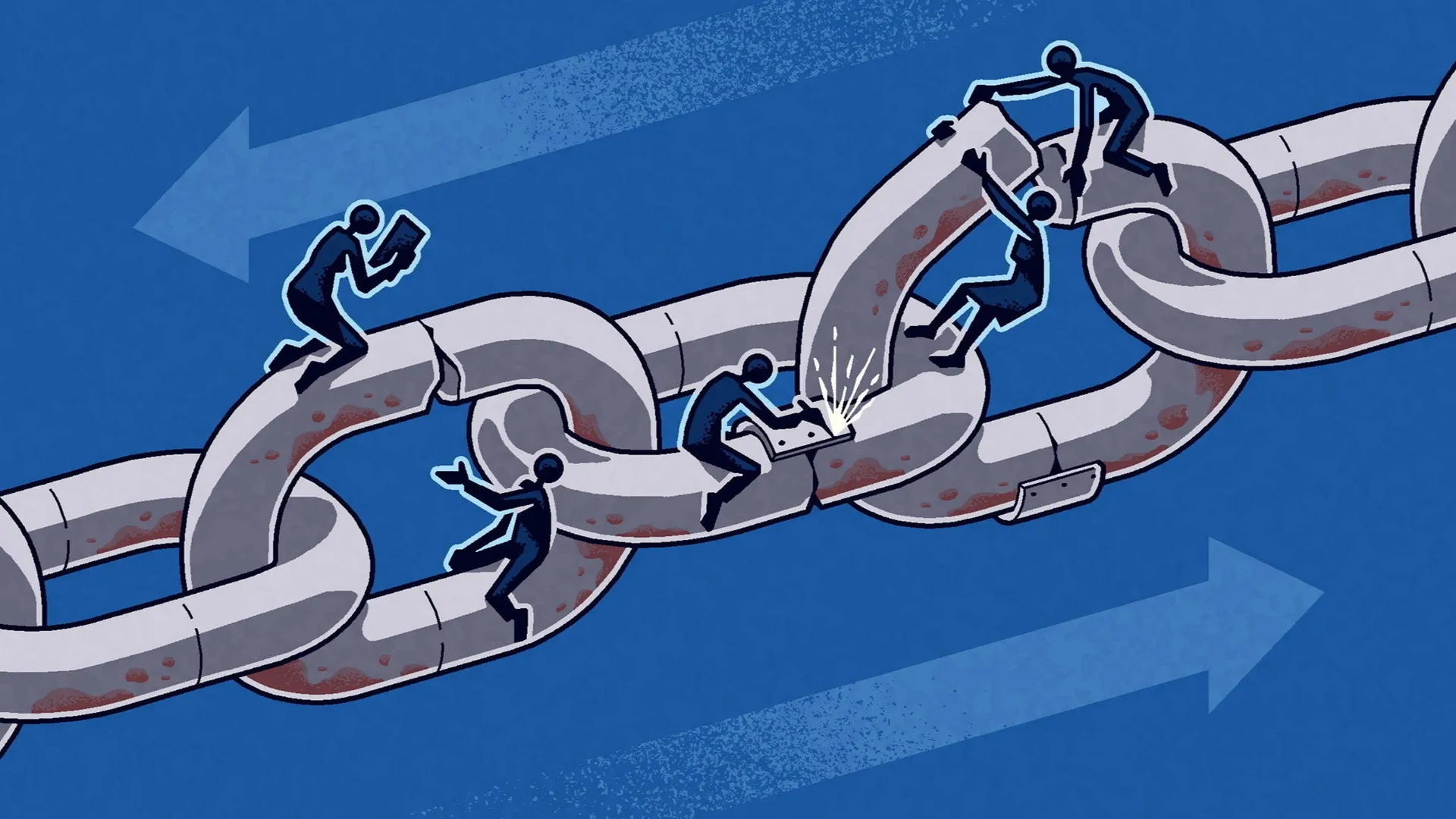
The American economy remains relatively strong, but concerns about its security linger. From the Biden-Harris administration’s opposition to Nippon Steel acquiring US Steel, to proposed tariffs on Chinese cranes that might be used for digital surveillance, to worries about access to rare earth minerals and component parts for crucial industries controlled by adversaries, it’s clear that creating more resilient supply chains is a key issue. And it will remain so no matter who wins the presidential election in November.
It’s also a topic that will get lots of air time this week in Washington, with the commerce department hosting a supply chain summit and convening a series of meetings with US industry, foreign allies, academics and civil society to discuss how to identify and manage systemic risks in supply chains.
This is part of an effort led by US commerce secretary Gina Raimondo, who told me last week that the biggest surprise of her tenure was learning “just how unprepared the federal government was to identify and react to supply chain disruptions, and how unsophisticated the approach to this has been for so long”.
Part of this is down to the fact that the entities holding the best and most granular information about supply chains are private companies. They tend to be looking for individual risks in specific areas, rather than systemic issues across the economy. Governments, on the other hand, may be able to identify the need for more resilience in areas that are crucial for economic or national security — such as semiconductors or pharmaceuticals — but have little understanding of the particulars of each supply chain, or how they might interact with areas like logistics, transport, energy or power in the midst of a crisis.
This asymmetry was on full display during the pandemic, of course, which is why Raimondo has repositioned the commerce department to focus on supply chains. A key pillar of that effort has been the development of much more robust data analysis to track exactly where the potential chokepoints in the US economy are.
To this end, the department has developed the Scale Tool, a computational system which includes data from the entire American goods economy. This is identified and ranked across various industries, geographies and risk metrics (geopolitical, environmental, national security, public health, and so on). The aim is to create an extremely granular picture of where vulnerability and resiliency in the American economy actually lies.
That has required Raimondo and her officials to become familiar with things as esoteric as, for example, the components that go into an AI data centre cooling system. While it’s been widely understood for some time that AI capacity was a potential point of vulnerability for the US, this was thought of mainly in terms of the large amounts of power required for data centres, and whether the grids supporting them were resilient.
But in her discussions with chief executives, Raimondo began to understand that the physical structures of the centres were themselves a potential chokepoint. “I realised that the buildings themselves were really sophisticated and that we were going to have to get into the weeds of things like cooling systems, racks and components.”
When the team ran the case through the Scale Tool, what they discovered both validated and added to the anecdotal information coming from industry. Not only does America face potential shortages in cooling components, but the country needs more back up diesel engines in case of grid failure.
The example, one of many, illustrates the need to use both qualitative and quantitative data from industry and the public sector to truly understand supply chain risk. While many economic security conversations are highly political — the Nippon Steel case being a good example — real vulnerabilities tend to come from unexpected places, interacting in ways that no single policymaker or business person could predict.
What we know is that there are plenty of economy-wide risks that have yet to be understood or addressed. Data from the commerce department indicates that 57 per cent of industries in America would require six months to return to normal capacity if there was even a single week of transport disruption. So much for the much-heralded shift from “just in time” to “just in case.”
Likewise, there are unexpected areas of workforce and trade vulnerability that couldn’t have been predicted without burrowing deep into granular data down many levels of global supply chains.
Ideally, more data would allow policymakers to send the kind of highly targeted demand signals to industry (via more specific and surgical fiscal subsidies or tax incentives) that would increase resilience while not distorting the overall economy or trade system. They might also be used to improve the efficacy of trade negotiations with allies, and dismantle silos in intra-agency policymaking. And I’d love to see the White House Competition Council, which includes commerce, trade, Treasury, transport and other departments, using tools like this to create better policy.
In economic security, as in anything else, data is power.
